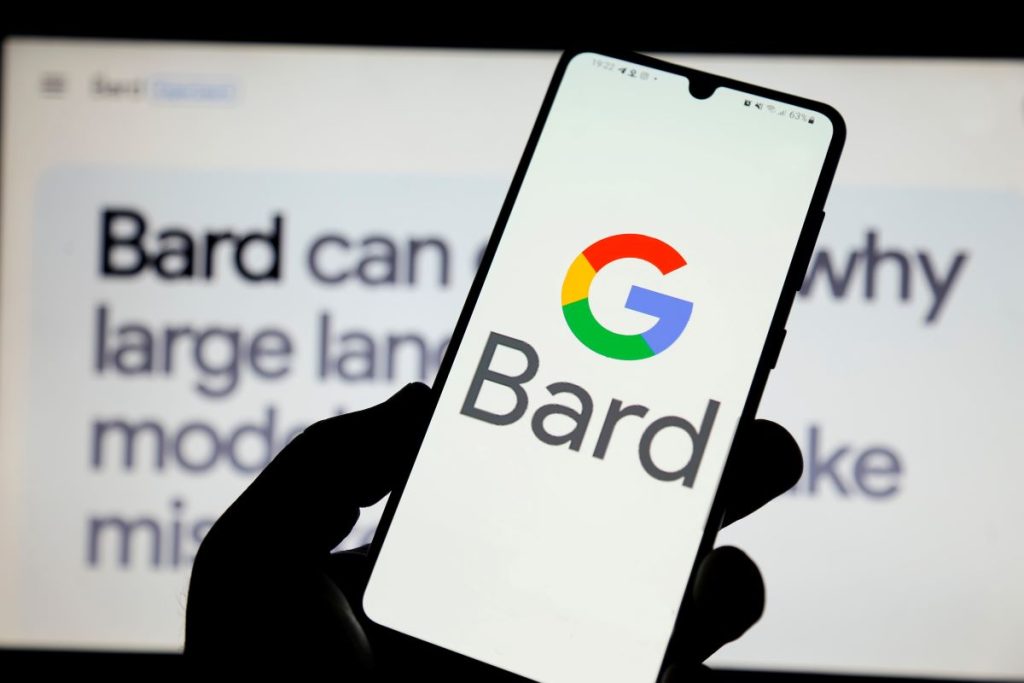Following the criticism of Bard, the CEO of Google announced to change the language model used for the chatbot.
Google Bard disappoints since its launch
Announced in February 2023, and launched a few weeks ago in a beta version in the United States and the United Kingdom, Google Bard has been a little late before being put on the market. Users’ expectations were therefore particularly high regarding the new chatbot of the Californian firm, supposed to compete with ChatGPT. Unfortunately, if we believe the first feedbacks, the conversational agent disappoints compared to its competitors. The various testers deplore in particular the less detailed answers compared to ChatGPT and Bing, but also its inability to code or to be inventive.
Google CEO Sundar Pichai, guest on the New York Times Hard Fork podcast, wanted to respond to the various criticisms of Google Bard. The executive promised improvements in the near future, especially regarding the language model used.
Change of language for Google Bard
One of the particularities of Google Bard is the use of an in-house language called LaMDA (Language Model for Dialogue Applications), unlike Bing, which relies on GPT technology – now GPT-4 – developed by OpenAI. According to Sundar Pichai, the language will soon be abandoned in favor of another, PaLM (Pathways Language Model), also developed internally by the Californian company.
We clearly have models capable of much better. Very soon, maybe right now, we will improve Bard by switching it to one of our much more capable PaLM models, to offer it more faculties, more structured reasoning, allowing it to code.
Google’s CEO justifies the use of the LaMDA language during the beta phase by the need to train teams to deploy a lighter model, before making a transition to a larger model. The choice of this language model – developed in a “light and efficient” version for Bard – also allowed Google to launch its service earlier, and thus to be able to be confronted quickly with the first user feedback.
What are the differences between LaMDA and PaLM?
This new language promises to be much more powerful than the previous one. For comparison, LaMDA has been trained on 137 billion parameters, while PaLM has been trained on about 540 billion parameters.
Thus, PaLM will be able to generate more diverse responses, with better reasoning skills. It will also have code and math capabilities, where LaMDA was designed around dialogue. Also, when PaLM was unveiled to the general public a few weeks ago, many observers were impressed with its understanding of natural language, especially humor. This is a strength that was also noted during the release of GPT-4.

